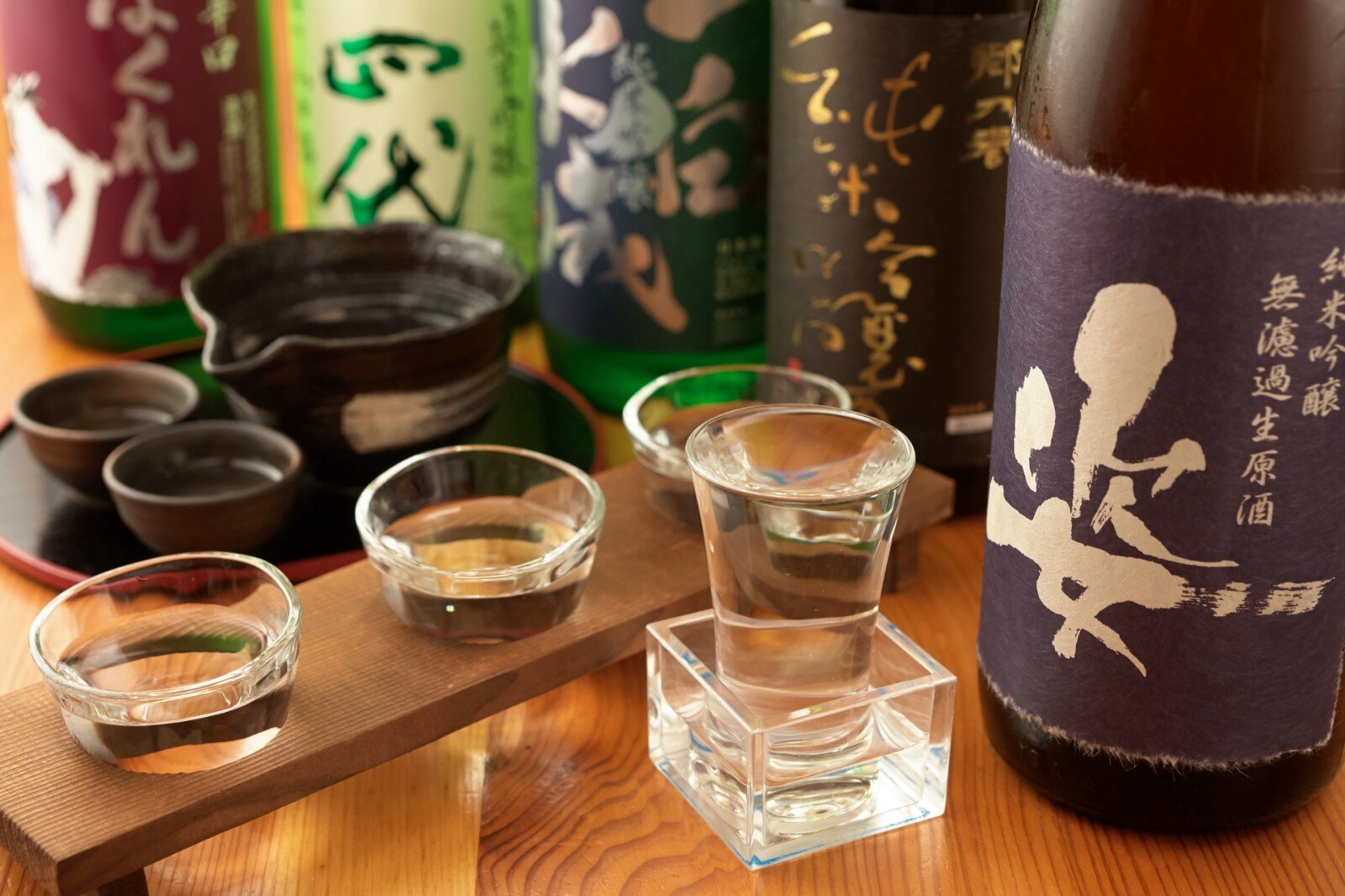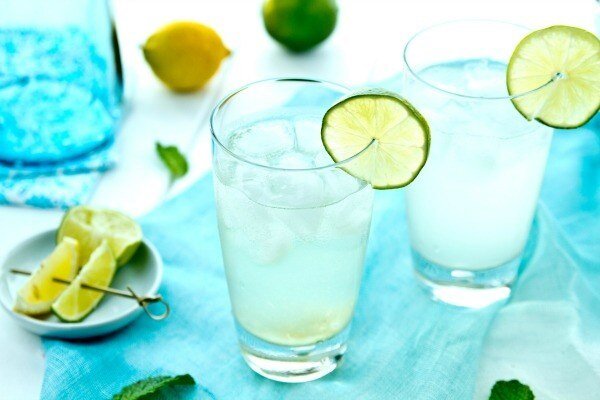Onigiri is a widely popular Japanese lunch dish - particularly popular at picnics. In English it can be known as a rice ball and is usually white rice, balled up into a triangular shaped ball, wrapped in seaweed and filled with some kind of ingredient such as Japanese sour plum, salmon, kombu, fish roe and so on. Onigiri actually dates back over thousands of years and was even said to be carried by Samurai in a bamboo sheath during a war to have a quick and easily portable lunch. Today it’s very common to be bought from a convenience store such as 7-Elevens, Lawsons or Family Marts. They are also served at izakayas, homemade and of course onigiri specialty stores (usually not sit down).
Photo Credit: Japan Centre


















